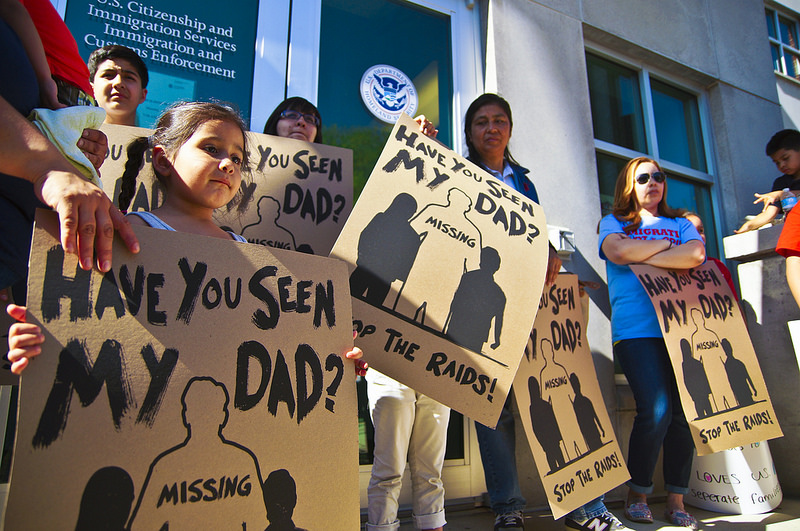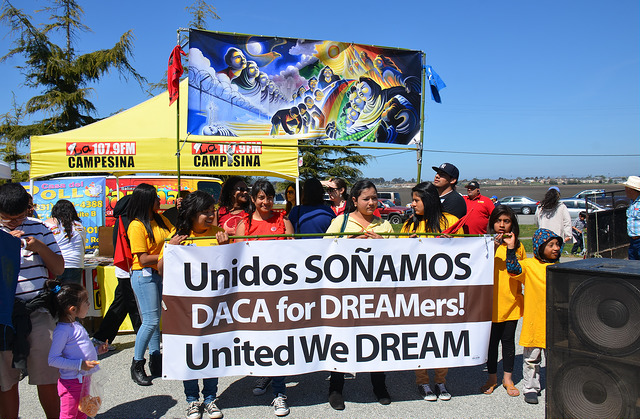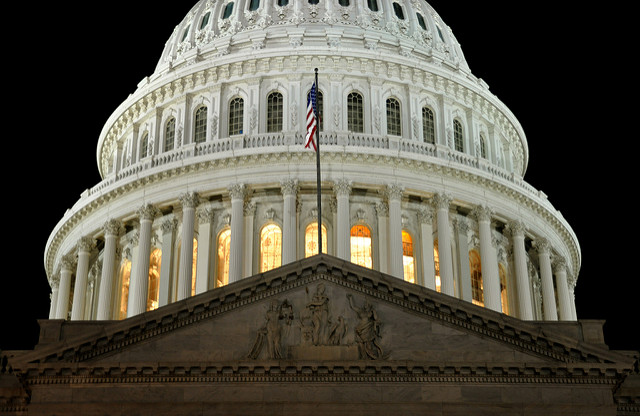Reports have recently surfaced revealing that a Dreamer, 23-year-old Daniel Ramirez Medina, has been arrested and is currently in the custody of Immigration and Customs Enforcement Agents in Seattle, Washington. Medina was brought to the United States when he was only 7 years old and maintains Mexican nationality. In 2014, Medina first applied for the Deferred Action for Childhood Arrivals (DACA) program and was approved after satisfying the specific and rigorous criteria outlined by DHS qualifying him for the program. As part of the routine application process, Medina underwent an extensive background check, and was cleared by USCIS, resulting in the approval of his application for Deferred Action. The approval granted him the opportunity to remain in the United States under lawful “deferred status” for a 2-year period, subject to renewal. Two years later, Medina applied for a renewal of his deferred action status, and was approved for a second time, granting him an additional two-year period of “deferred action.” Medina underwent a second background check as part of the renewal process, and again was cleared.
On February 10, 2017, Immigration and Customs Enforcement agents arrived at the home of Ramirez’s father with an arrest warrant to detain his father. His father granted ICE officers permission to enter the home so that they could inform his sons about his arrest. ICE agents questioned Daniel Ramirez asking him if he was lawfully present in the United States. Daniel notified the agents that he was lawfully present and had a work permit. His brother, also a DACA recipient, who was present during the immigration raid, suggested that he remain silent and decline to answer additional questions. Ramirez was then arrested and detained by ICE agents, although Ramirez presented the agents with his employment authorization card that was issued pursuant to his approval under the DACA program, and clearly identified him as a DACA recipient with a ‘C-33’ classification code. Ramirez also told the officers several times that he was a DACA recipient lawfully present in the United States.
 Visa Lawyer Blog
Visa Lawyer Blog













